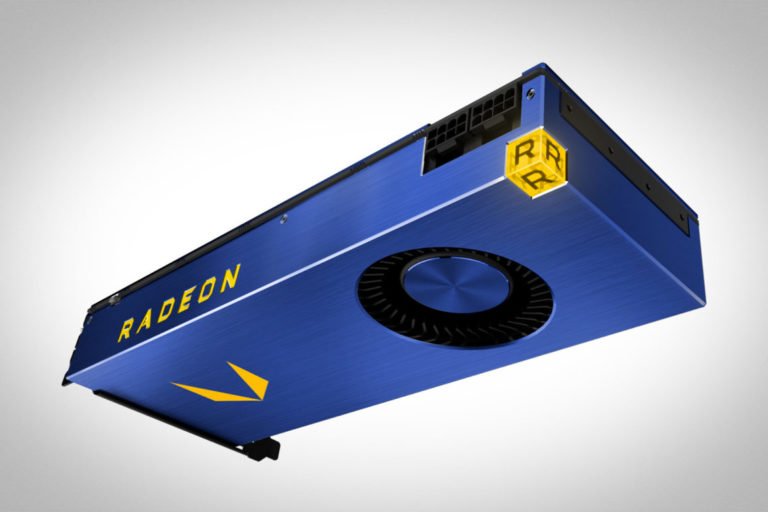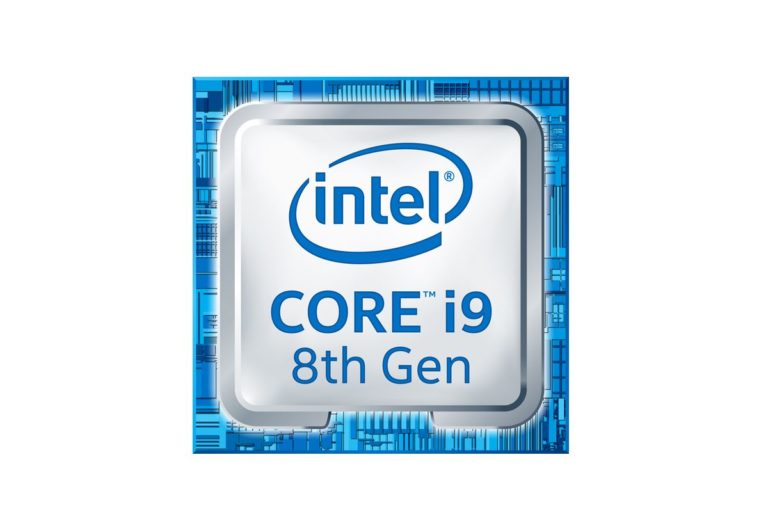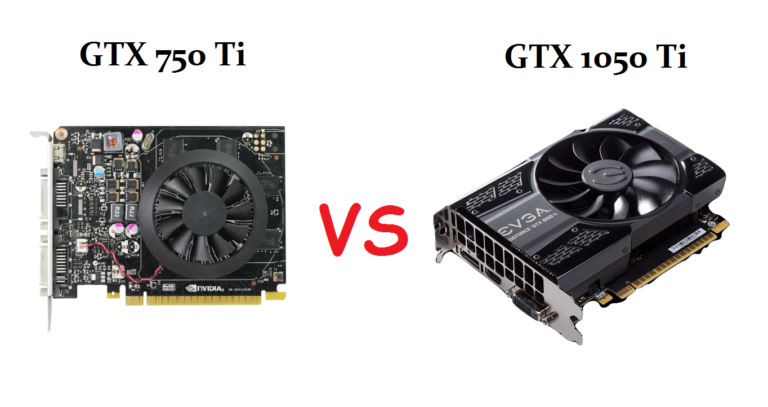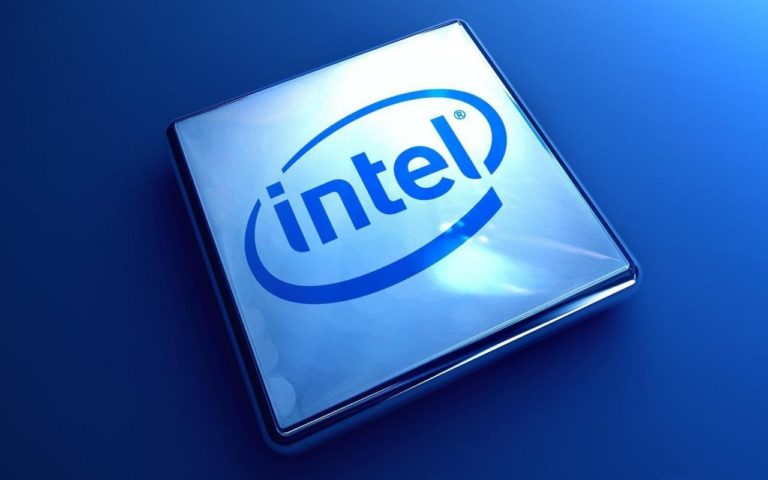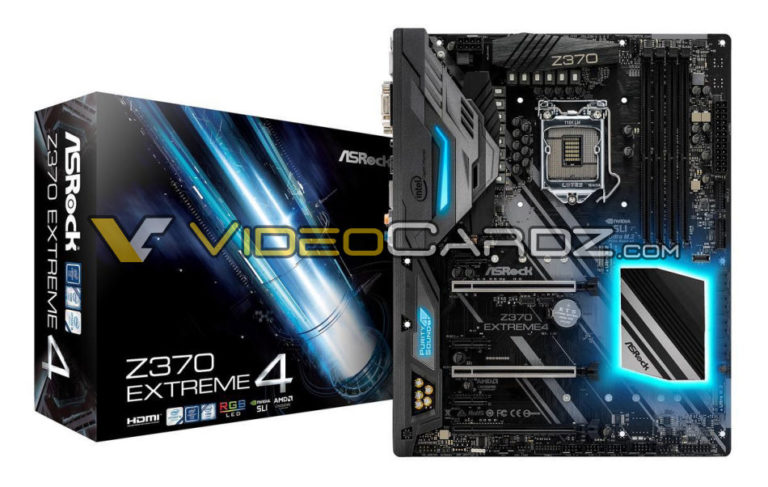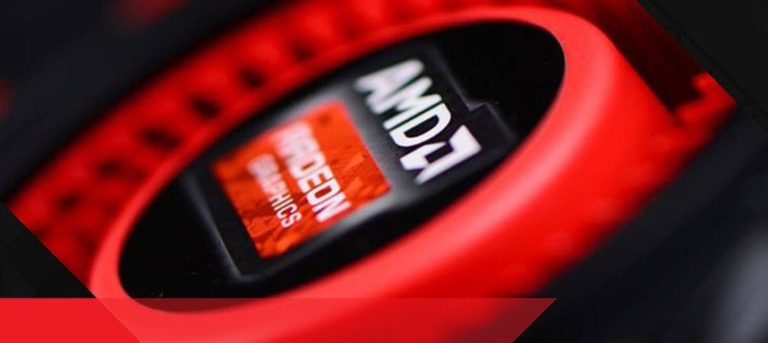Windows 7 runs on Kaby Lake processor with an older IGP driver, Test Reveals
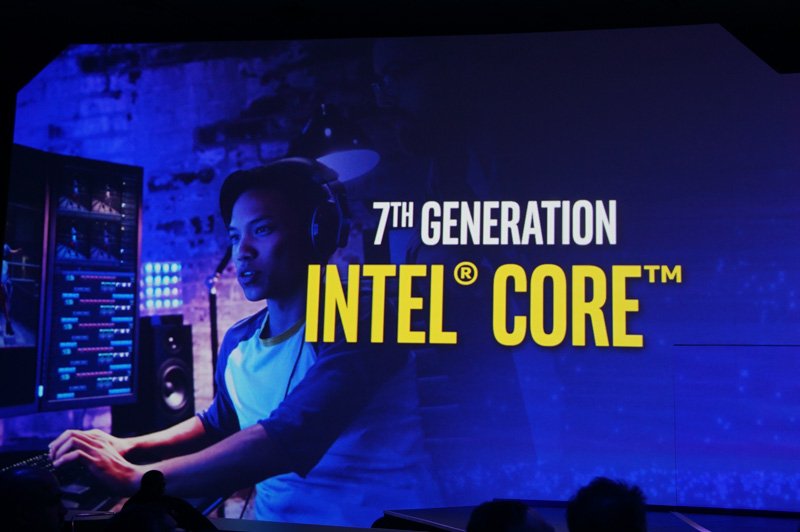
Some motherboard manufacturers provide an Intel IGP driver, with which Windows 7 runs on Kaby Lake processor, despite no official support for older operating systems.
Back in August last year, Microsoft announced that Intel’s 7th Gen Kaby Lake chips will officially be supported only by the company’s flagship Windows 10 OS. Intel also appeared to be on board with Redmond’s decision, saying it “will not be updating Win 7/8 drivers for 7th Gen Intel Core per Microsoft’s support policy change.”
This left a lot of users in dismay who might have hoped to use the new chips for previous versions of Windows. Now that Intel has officially released the 7th Gen desktop CPUs, Heise Online decided to test chips in the face of Microsoft’s decision, and guess what it found? The systems based on the Kaby Lake processors are quite capable of running Windows 7.
Officially, Intel doesn’t provide Windows 7 graphics drivers for the Kaby Lake (Core i3 / i5 / i7-7000) and Apollo Lake (Celeron J / N3400, Pentium J / N4200) families of processors. However, as reported by Heise, some motherboard manufacturers do provide a beta-labeled integrated graphics (IGP) driver for KBL (Kaby Lake) under Windows 7 on their support website.
The driver, which bears the version number 21.20.16.4508, was released in August last year.
It is reported that the above driver was easily installed on an Asus Prime Z270-A motherboard and and Core i3-7100 under Windows 7 Home Premium 64-bit. However, the graphics driver recognizes the operating system as Windows Server 2008 R2, and not as Windows 7.
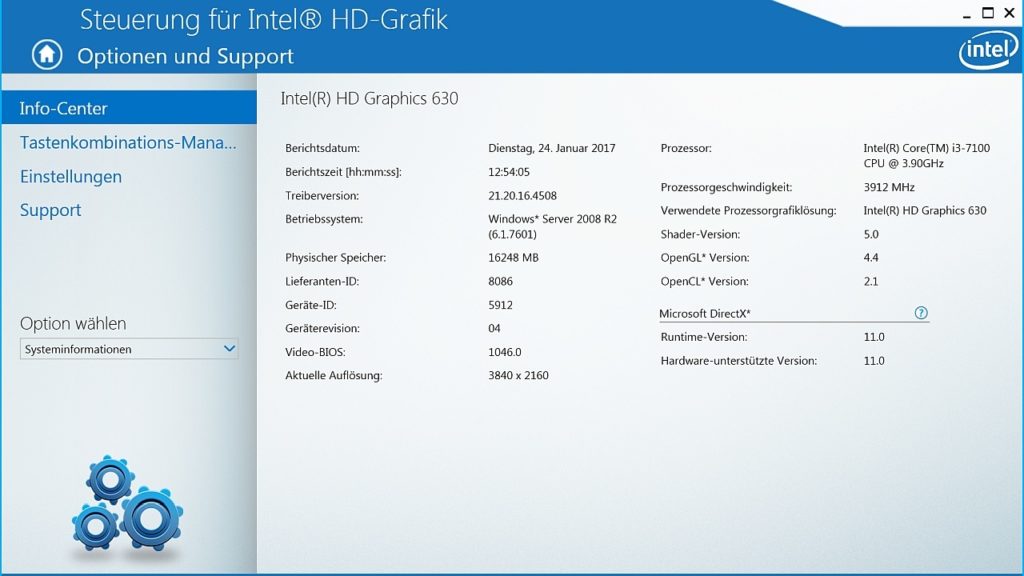
It seems that the driver was designed to support Kaby Lake’s integrated graphics processor in servers. Otherwise, Intel clearly states on its website that Windows 7 is only supported up to Skylake family of CPUs.
Read More: Netflix 4K on PC Tested: Kaby Lake Works, But Radeon RX and GTX 10 GPUs Fail
Whatsoever, the test shows that Windows 7 runs on Kaby Lake without any problems, at least with respect to the graphics unit. The HD-630 GPU could output 4K display at 60 Hz via DisplayPort, and provide audio playback via HDMI / DP.
In addition to this, it was possible to run 3DMark 11 benchmark which should allow 3D acceleration via DirectX 11 or OpenGL 4.4.
There is hardly any noticeable loss in the functionality of Kaby Lake under Windows 7, apart from occasional display errors when scaling Windows, or Google Chrome could not use the VP9 decoder.
4K video format on YouTube is playable, but when CPU load is above 50%, the frame rate drops sharply. Also, H.265 / HEVC video playback works under Windows 7, but only when using a third-party software.
So far, it looks as if Kaby Lake processors, for the most part, can be used under Windows 7, even though there is no official support for the OS. We don’t know whether older operating systems will also run on AMD Ryzen CPU, but we’ll let you know when the chips are released on the market.

